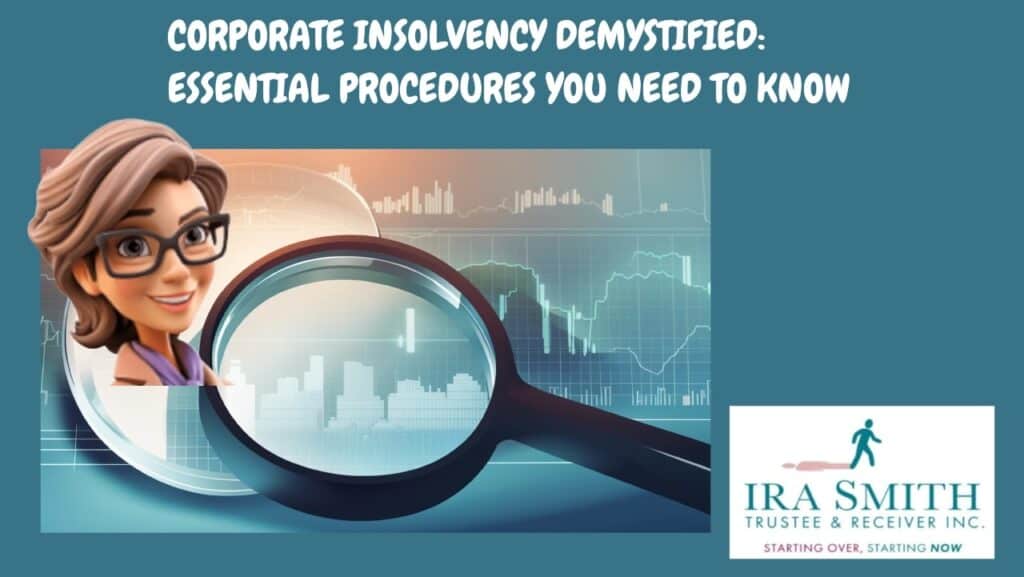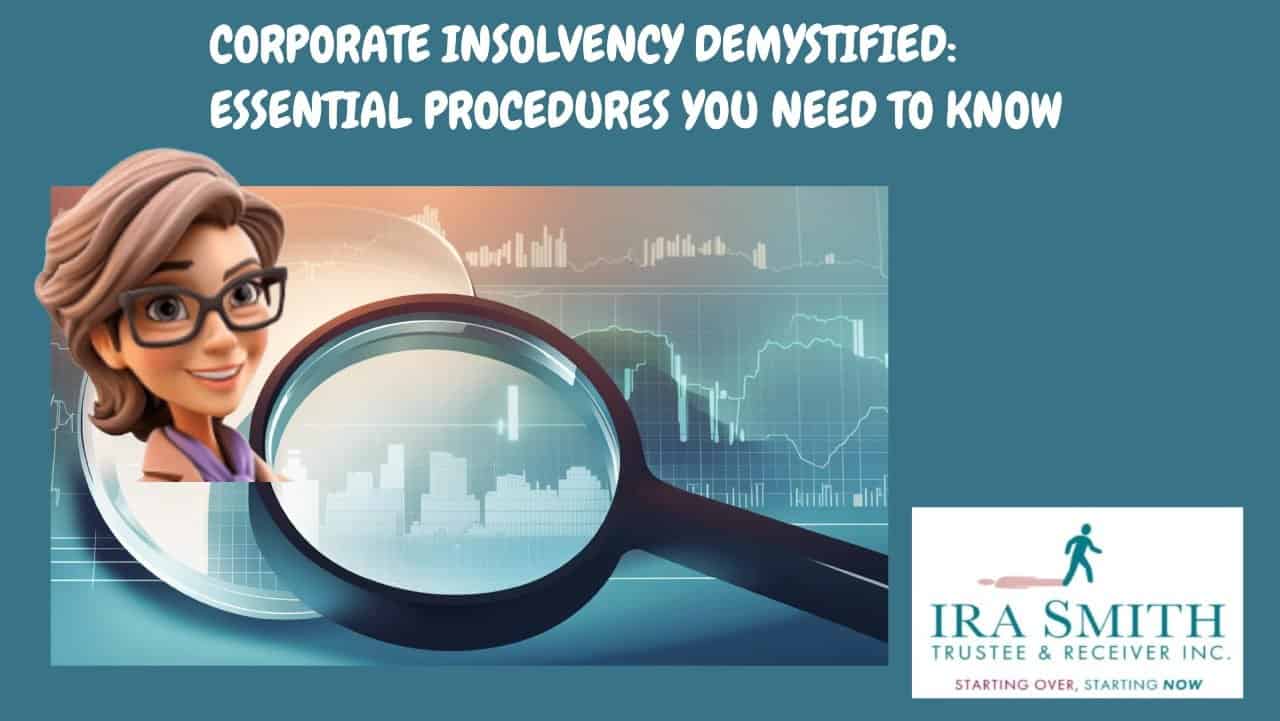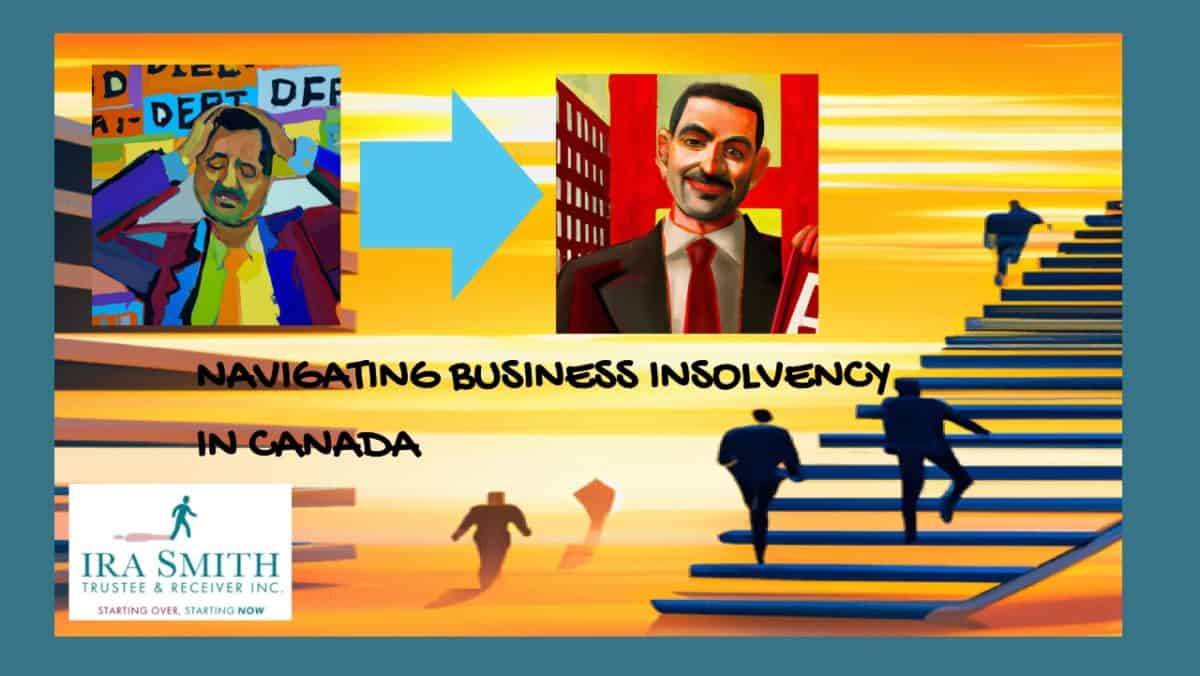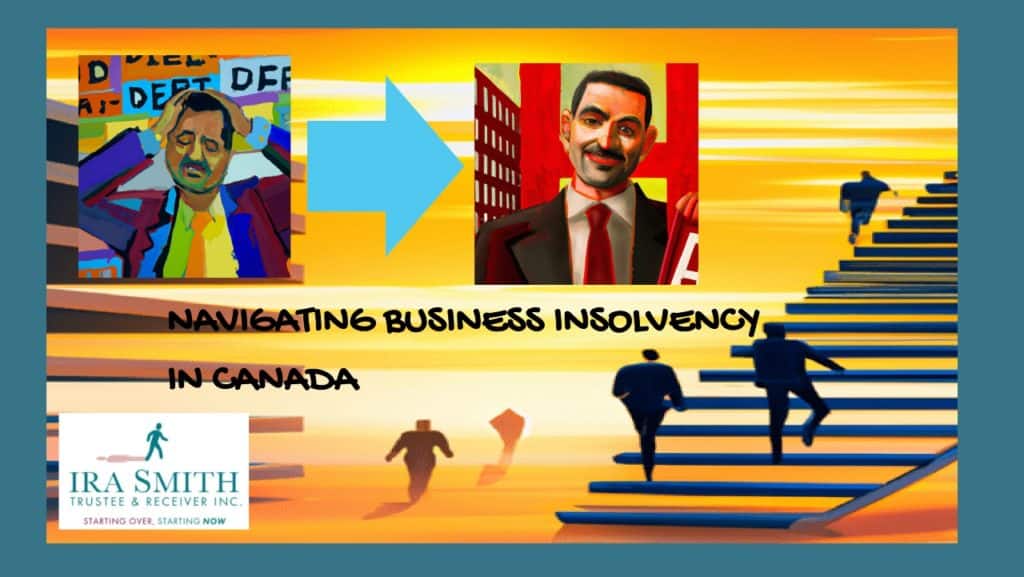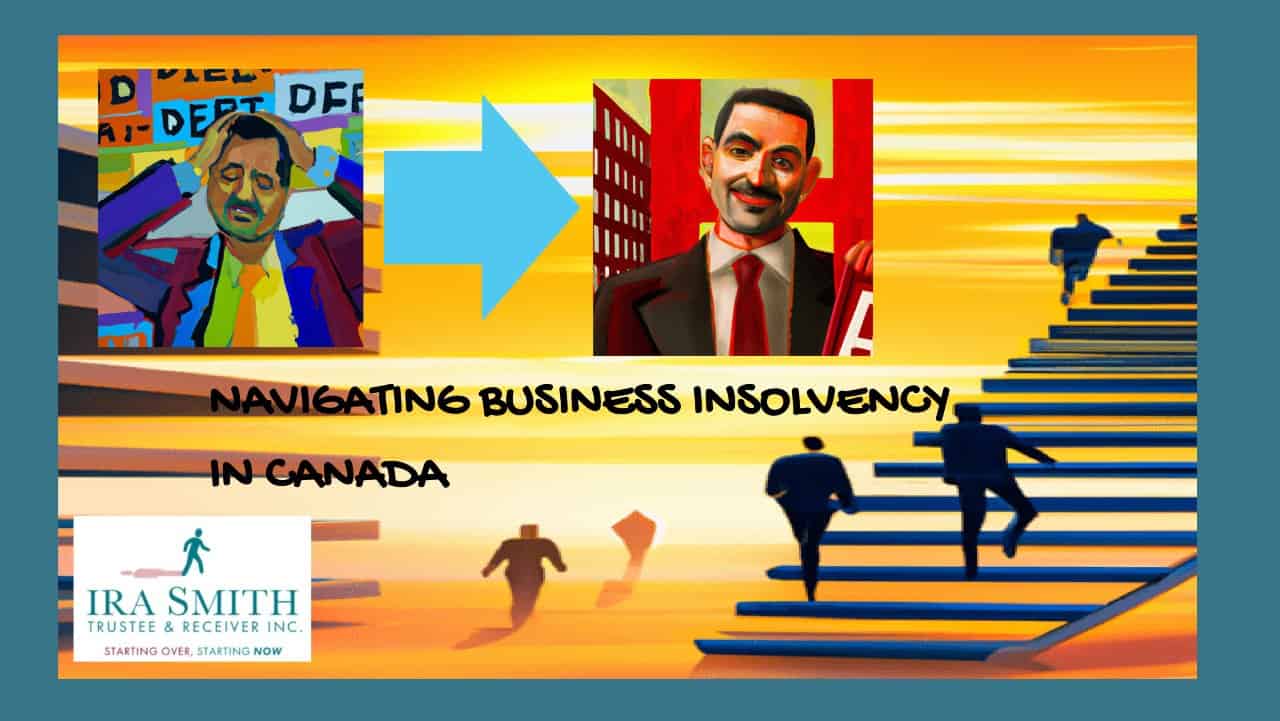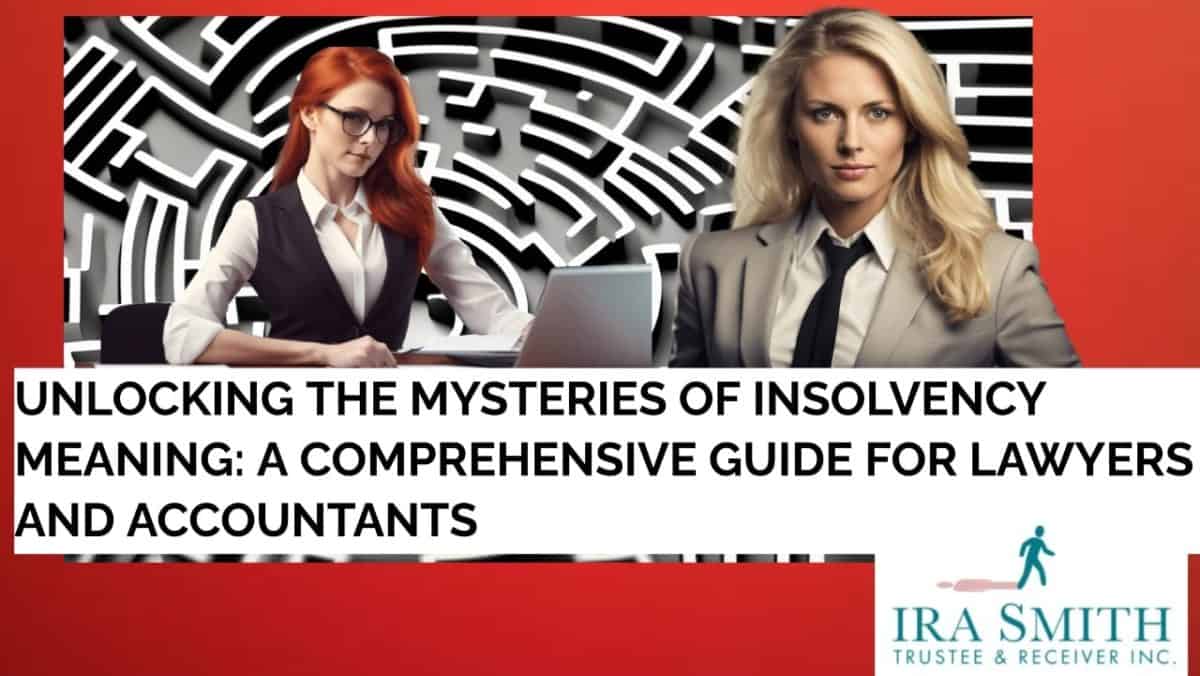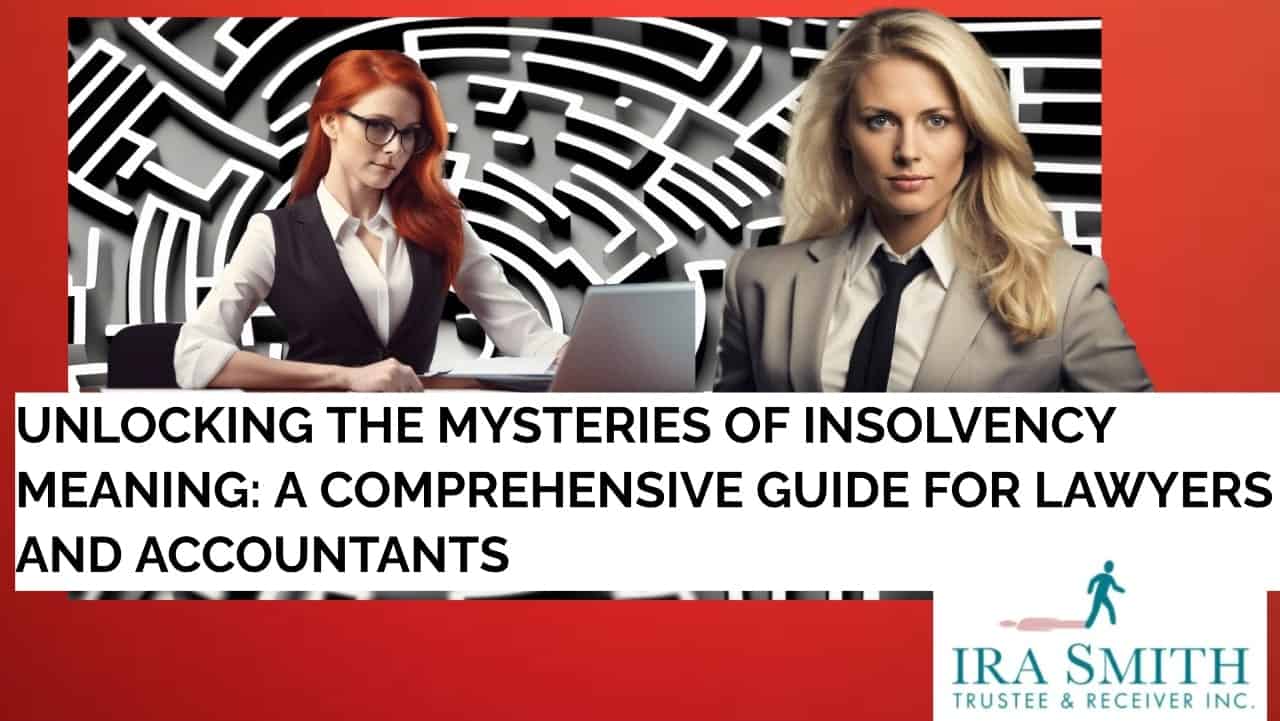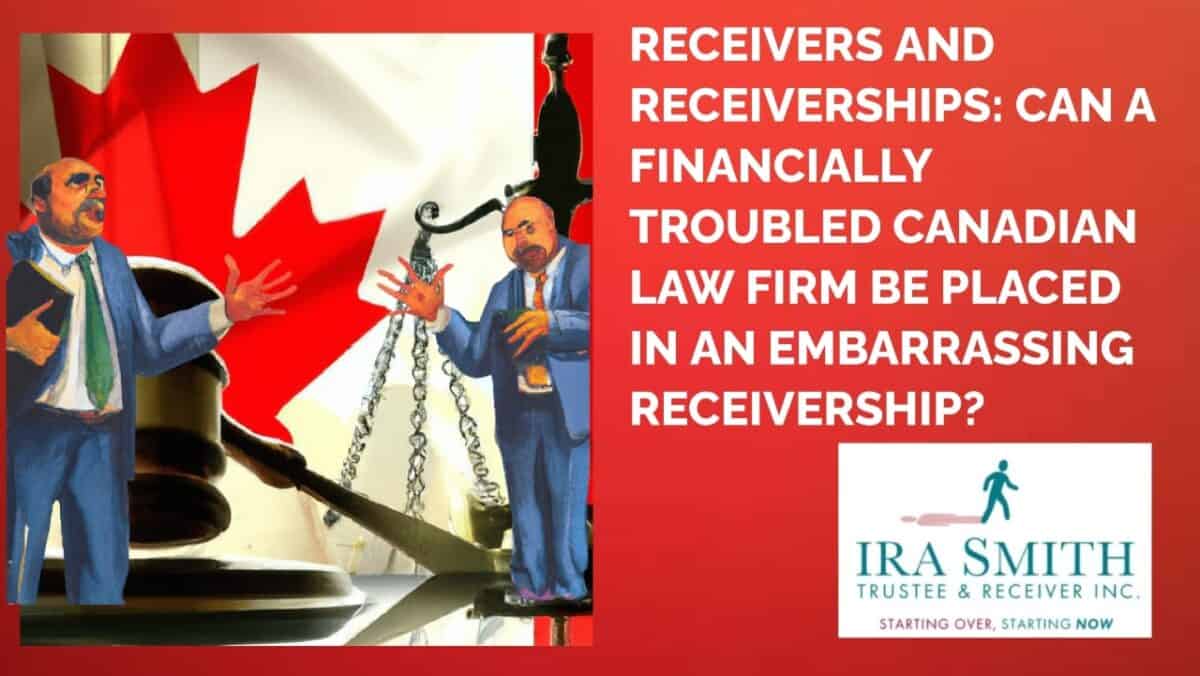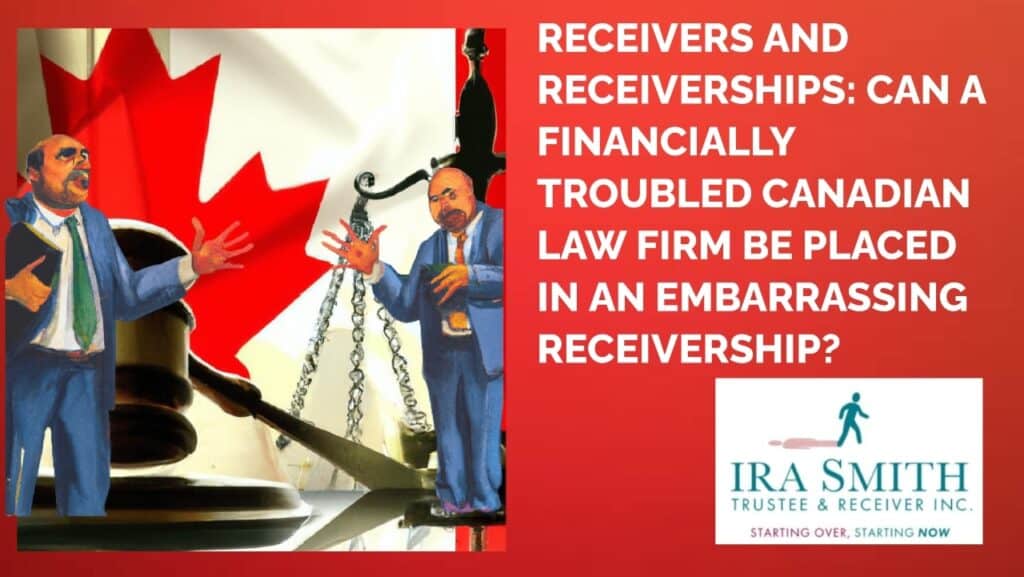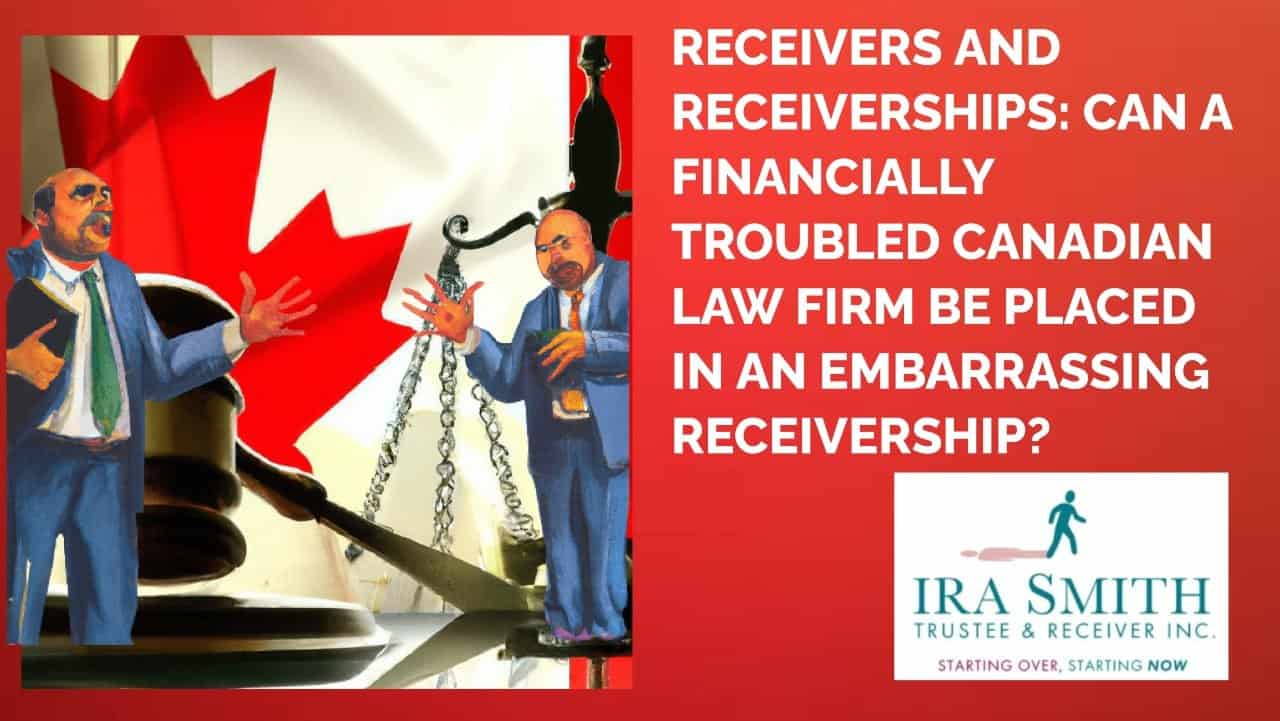Company Insolvency Introduction
On a chilly night in early 2020, I remember getting a frantic email from a fellow entrepreneur—her café had just closed its doors indefinitely. The uncertainty in her voice mirrored what every small business owner across Canada felt: a silent panic about their limited company insolvency and that maybe, just maybe, their business wouldn’t make it to the other side. Then came the lifeline: the Canada Emergency Business Account (CEBA). But what seemed like a straightforward rescue turned out to be a maze of deadlines, fine print, ups and downs, and (frankly) some mind-boggling statistics. Here’s the backstage pass to what really happened, odd details and all.
In this Brandon’s Blog, I look at the CEBA and its statistics. CEBA was a monumental rescue for nearly 900,000 Canadian businesses. It ultimately became clear: while survival rates for CEBA recipients outperformed expectations, the true landscape was one of complexity, struggle, and —oddly enough — hopeful resilience.
Understanding Company Insolvency in the Post-Pandemic Era
As a licensed insolvency trustee serving businesses across the Greater Toronto Area, I’ve witnessed firsthand how the pandemic tested the financial resilience of local entrepreneurs. When COVID-19 hit in early 2020, business owners faced unprecedented challenges, with many teetering on the edge of company insolvency – a situation where a business can no longer meet its financial obligations.
What is Company Insolvency?
Company insolvency occurs when a business can’t pay its debts when they come due or when liabilities exceed assets. For GTA entrepreneurs, understanding the warning signs of company insolvency is crucial:
- Consistently missing payment deadlines
- Using personal funds to cover business expenses
- Struggling to meet payroll obligations
- Receiving collection notices from creditors
- Declining sales without corresponding cost reductions
The CEBA Lifeline: A Double-Edged Sword
When the pandemic threatened thousands of GTA businesses with company insolvency, the CEBA emerged as a critical lifeline. Launched on March 27, 2020, CEBA offered up to $60,000 in interest-free loans with potential partial forgiveness.
CEBA by the Numbers:
- Nearly 900,000 Canadian businesses received CEBA loans
- Total funding reached approximately $49 billion
- Construction companies received over $6.4 billion (13.1% of funds)
- Client-facing industries had the highest uptake rates:
- Accommodation/food services: 83% uptake
- Arts/entertainment/recreation: 77.1% uptake
For many Toronto entrepreneurs who contacted my office, CEBA provided essential short-term relief from company insolvency. As one local restaurant owner told me,
“That loan was the only thing standing between our survival and shutting down permanently.”
The Repayment Reality and Growing Company Insolvency Concerns
While CEBA helped many businesses avoid immediate company insolvency, the repayment phase has proven challenging. The deadline extensions (from December 2022 to January 2024) highlight the ongoing financial strain many GTA businesses faced.
By January 2024, approximately 19% of CEBA loans ($9.2 billion nationally) remained unpaid. These unpaid loans were converted to 3-year, 5% interest loans without forgiveness options, creating new insolvency risks for already struggling businesses.
In my practice across the GTA, I’ve seen certain industries struggling more than others with repayment:
- Transportation/warehousing: 30.7% of loans unpaid
- Taxi services: 51.1% couldn’t repay
- Accommodation/food services: 21.9% unpaid
- Construction: 20.1% ($1.3B) outstanding
Company Insolvency: The Surprising Bankruptcy Trends
The data reveals a counterintuitive pattern that every GTA business owner should understand. When COVID first struck, business bankruptcies dropped from 400-450 quarterly filings in early 2020 to just 250 by Q3 2021.
This wasn’t because businesses were thriving – it was because government supports like CEBA were temporarily masking company insolvency issues.
By Q1 2024, we witnessed a dramatic surge in bankruptcy filings to over 1,200, nearly five times the pandemic lows. Two main factors drove this spike:
- Expiring CEBA loan forgiveness deadlines
- Rising interest rates have made refinancing difficult or impossible
What’s particularly telling is that about 70% of Q1 2024 bankruptcies involved businesses that had taken CEBA loans. Yet, looking at the bigger picture, only 0.7% of all CEBA borrowers went bankrupt compared to 1.3% of non-CEBA businesses.
Industry-Specific Company Insolvency Patterns in the GTA
For Toronto-area entrepreneurs, understanding which sectors face the highest company insolvency risk is crucial. The bankruptcy distribution wasn’t random:
- Accommodation and food services: 20.3% of all CEBA bankruptcies
- Retail trade: 13.7%
- Construction: 11.8%
- Transportation and warehousing: 7.6%
Between Q3 2023 and Q1 2024 alone, food service bankruptcies increased by an alarming 139.8%. This reflects the particular challenges restaurants and cafes in the GTA continue to face with reduced foot traffic in downtown areas and changing consumer habits.
Signs of Financial Distress That Your GTA Business May Be Heading Toward Company Insolvency
As a licensed insolvency trustee, I regularly help business owners recognize early warning signs of company insolvency:
- Cash flow problems: Consistently struggling to pay bills on time
- Increasing debt: Taking on new debt to pay existing obligations
- Creditor pressure: Receiving demands or legal notices from suppliers
- Declining sales: Persistent revenue drops without corresponding cost reductions
- Personal guarantee concerns: Feeling anxious about personally guaranteed items.

Options for GTA Businesses Facing Company Insolvency
If your Toronto-area business is showing signs of financial distress, several options exist:
1. Informal Restructuring
Working directly with creditors to negotiate payment terms without formal legal proceedings.
2. Division I Proposal
A formal payment plan found in a legally binding agreement administered by a licensed insolvency trustee with creditors that allows your business the additional time needed to continue operating while paying a portion of the debts, with the balance being forgiven.
3. Corporate Bankruptcy
The formal bankruptcy process of liquidating company assets is used when restructuring isn’t viable. This is both a legal process and a financial one.
4. Strategic Wind-Down (Voluntary Liquidation) or Compulsory Liquidation
An orderly closure that minimizes losses and protects personal assets as best as possible.
Company Insolvency: The Future Outlook for GTA Businesses
Statistics Canada data shows 65.6% of businesses expect to fully repay their CEBA loans by the end of 2026. However, 14.5% anticipate falling short, potentially facing company insolvency. Nearly 20% remain uncertain about their financial future.
For GTA entrepreneurs, this uncertainty creates difficult decisions:
- Repay CEBA or invest in necessary business improvements?
- Upgrade equipment or prioritize debt reduction?
- Hire needed staff or conserve cash for loan repayment?

Company Insolvency: Professional Guidance and Support
Importance of Professional Advisors
When facing company insolvency, many GTA entrepreneurs make the critical mistake of trying to solve complex financial problems alone. As someone who has guided hundreds of Toronto businesses through financial crises, I’ve seen how proper professional guidance can be the difference between business recovery and complete failure.
Professional advisors bring several key benefits when dealing with company insolvency:
- Objective assessment: An outside expert can evaluate your situation without emotional attachment
- Legal protection knowledge: Understanding which actions might create personal liability
- Creditor negotiation skills: Experience in reaching favorable terms with creditors
- Regulatory compliance: Ensuring all filings and procedures follow legal requirements
A recent study found that businesses seeking professional help within the first three months of financial distress were 65% more likely to survive than those waiting six months or longer. For GTA business owners, this early intervention can be particularly valuable in our competitive market.
Selecting a Licensed Insolvency Trustee
Not all financial advisors are equal when it comes to company insolvency matters. licensed insolvency practitioners are the only insolvency professionals authorized to file and manage insolvency proceedings in Canada. When selecting a Licensed Insolvency Trustee in the Greater Toronto Area, consider:
- Experience with your industry: Find someone who understands the specific challenges of your business sector
- Location and accessibility: Choose a Licensed Insolvency Trustee familiar with GTA business conditions and easily accessible for meetings
- Communication style: Select someone who explains complex insolvency concepts in straightforward terms
- Fee structure: Understand how the Licensed Insolvency Trustee charges for services and what’s included
- Client testimonials: Look for reviews from other GTA business owners in similar situations
Remember that your initial consultation with a Licensed Insolvency Trustee is typically free and confidential. This meeting allows you to discuss your company insolvency concerns without obligation while getting expert insight into your options.
Leveraging Expertise for Strategic Planning
Working with a Licensed Insolvency Trustee offers more than just technical assistance with company insolvency procedures. The right advisor becomes a strategic partner in dealing with our company’s financial situation and planning your business’s future.
In my practice serving GTA entrepreneurs, I work with clients to:
- Identify core business strengths that can form the foundation of a recovery plan
- Analyze cash flow patterns to find opportunities for immediate improvement
- Develop realistic financial projections based on current market conditions in Toronto
- Create contingency plans for various economic scenarios
- Establish monitoring systems to provide early warning of future insolvency risks
One Toronto insolvent business I worked with was able to transform a seemingly hopeless company insolvency situation into a streamlined, profitable business by implementing strategic changes identified during our planning sessions. The key was having expert guidance to distinguish between essential business components and areas that could be restructured or eliminated.
Your Licensed Insolvency Trustee can also coordinate with your other professional advisors—accountants, lawyers, business coaches—to ensure everyone is working cohesively toward your business goals while addressing immediate company insolvency concerns.
Taking Action: Steps for GTA Business Owners
If your business is struggling with potential company insolvency, consider these steps:
- Seek professional advice early: Consult a licensed insolvency trustee for a free assessment
- Review your financial statements: Understand your true financial position
- Create a realistic cash flow projection: Map your business’s financial future
- Consider all available options: Restructuring may be possible before bankruptcy becomes necessary
- Protect personal assets: Understand your liability regarding business debts

Company Insolvency FAQ
1. What is company insolvency, and what are the signs to look for?
Company insolvency occurs when a business is unable to pay its debts when they are due, or when its liabilities exceed its assets. For entrepreneurs, crucial warning signs include consistently missing payment deadlines, using personal funds for business expenses, struggling to meet payroll, receiving collection notices, and experiencing declining sales without cost reductions.
2. How did government support programs like CEBA impact business bankruptcy rates?
Interestingly, business bankruptcies initially dropped during the height of the pandemic. This was not due to businesses thriving, but rather because government support programmes like CEBA temporarily masked underlying insolvency issues. Once CEBA repayment deadlines passed and interest rates rose, there was a dramatic surge in bankruptcy filings, reaching levels nearly five times the pandemic lows by Q1 2024.
3. Which industries have been most affected by company insolvency after the CEBA deadline?
Data indicates that certain sectors have struggled more with CEBA repayment and subsequent insolvency. Industries with high unpaid CEBA loan rates include transportation/warehousing (30.7% unpaid), taxi services (51.1% unpaid), accommodation/food services (21.9% unpaid), and construction (20.1% unpaid). The accommodation and food services sector, in particular, saw a significant increase in bankruptcies between Q3 2023 and Q1 2024.
4. What options are available for businesses facing company insolvency?
Businesses experiencing financial distress have several options, depending on their situation. These include informal restructuring (negotiating directly with creditors), filing a Division I Proposal (a formal debt repayment plan administered by a licensed insolvency trustee), corporate bankruptcy (liquidation of assets), or a strategic wind-down/voluntary liquidation.
5. Why is seeking professional help early crucial when dealing with company insolvency?
Seeking professional guidance from a licensed insolvency trustee early in the process significantly increases a business’s chances of survival. Licensed insolvency trustees can provide an objective assessment, knowledge of legal protections, experience in negotiating with creditors, and ensure regulatory compliance. Businesses that seek professional help within the first three months of distress are considerably more likely to recover.
6. What is the future outlook for businesses regarding CEBA repayment and insolvency?
While a majority of businesses anticipate fully repaying their CEBA loans by the end of 2026, a significant percentage still expect to fall short or remain uncertain about their financial future. This uncertainty forces businesses to make difficult decisions about prioritizing debt repayment versus investment and hiring. For many, company insolvency remains a real possibility, highlighting the ongoing economic challenges in the post-pandemic era.
Company Insolvency Conclusion: Learning from the CEBA Experience
The CEBA program provided crucial support to nearly 900,000 Canadian businesses during an unprecedented crisis. For many GTA entrepreneurs, it meant survival through the darkest days of the pandemic.
However, as repayment deadlines passed and economic challenges continue, we’re witnessing a complex landscape where company insolvency remains a very real threat for many local businesses.
As a licensed insolvency trustee serving the Greater Toronto Area, I encourage business owners to view financial difficulties not as failures but as challenges that can be addressed with proper guidance. By understanding the warning signs of company insolvency and seeking professional advice early, many businesses can find a path forward – whether through restructuring, strategic changes, or in some cases, an orderly wind-down that protects their future opportunities.
Remember: The earlier you seek help for company insolvency concerns, the more options you’ll have.
If you or someone you know is struggling with too much debt, remember that the financial restructuring process, while complex, offers viable solutions with the right guidance. As a licensed insolvency trustee serving the Greater Toronto Area, I help entrepreneurs understand their options and find a path forward during financial challenges.
At the Ira Smith Team, we understand the financial and emotional components of debt struggles. We’ve seen how traditional approaches often fall short in today’s economic environment, so we focus on modern debt relief options that can help you avoid bankruptcy while still achieving financial freedom.
The stress of financial challenges can be overwhelming. We take the time to understand your unique situation and develop customized strategies that address both your financial needs and emotional well-being. There’s no “one-size-fits-all” approach here—your financial solution should be as unique as the challenges you’re facing.
If any of this sounds familiar and you’re serious about finding a solution, reach out to the Ira Smith Trustee & Receiver Inc. team today for a free consultation. We’re committed to helping you or your company get back on the road to healthy, stress-free operations and recover from financial difficulties. Starting Over, Starting Now.
The information provided in this blog is intended for educational purposes only. It is not intended to constitute legal, financial, or professional advice. Readers are encouraged to seek professional advice regarding their specific situations. The content should not be relied upon as a substitute for professional guidance or consultation. The author, Ira Smith Trustee & Receiver Inc., and any contributors do not assume any liability for any loss or damage.












